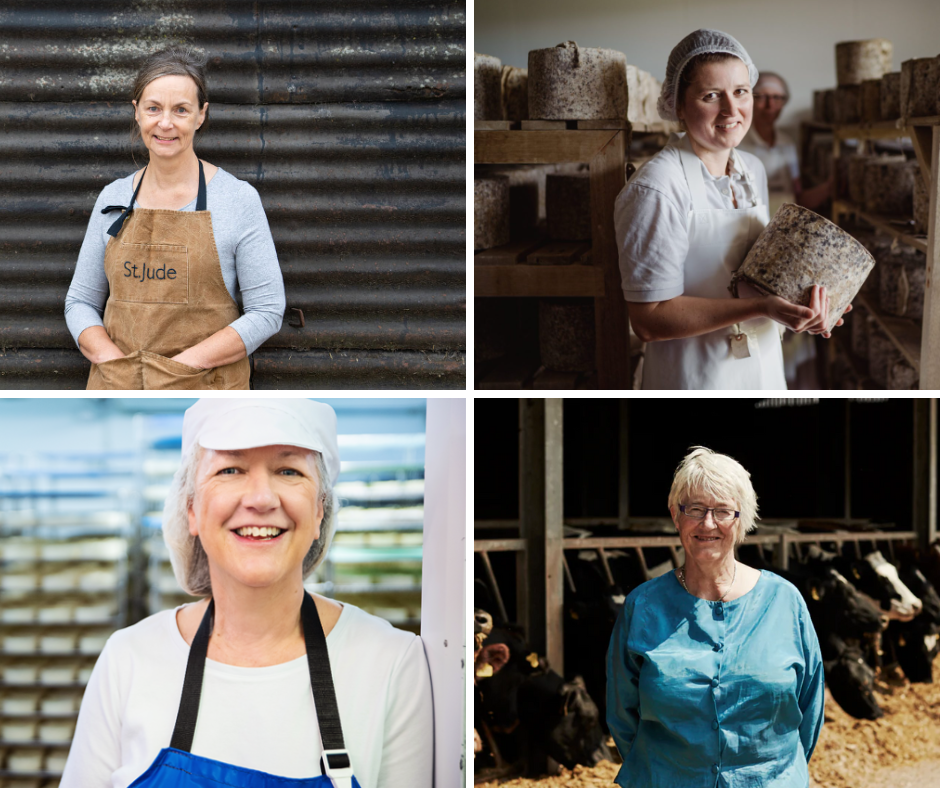A Taste of Authenticity: Floridia Cheese Melbourne and Its Craftsmanship
A Taste of Authenticity: Floridia Cheese Melbourne and Its Craftsmanship
Blog Article
Opening the Keys of Artisanal Cheese Making: A Step-by-Step Do It Yourself Guide
In the realm of cooking craftsmanship, artisanal cheese making stands as a testament to the fragile equilibrium between custom and development. Each action in the process, from choosing the appropriate milk to perfecting aging methods, holds within it a riches of expertise passed down through generations. As we begin on this trip to debunk the art of creating splendid cheeses, we are encountered with a tapestry of abilities and secrets waiting to be unwinded. Join us as we discover the intricacies of this ancient craft, where perseverance, art, and scientific research converge to produce tastes that tantalize the detects.
Selecting the Right Milk
When embarking on the trip of artisanal cheese production, the selection of milk plays an important role in determining the top quality and features of the last item. The type of milk picked impacts the flavor, structure, and generally profile of the cheese.
Additionally, the resource of the milk, whether from cows, goats, sheep, or buffalo, adds distinctive flavors and attributes to the cheese. Each kind of milk brings its very own subtleties, permitting for a large range of cheese varieties to be crafted based on the chosen milk.
Culturing and Coagulating
To initiate the cheese-making process, the vital actions of culturing and coagulating have to be thoroughly performed to transform milk into curds and whey. Culturing includes introducing useful germs to the milk, which then begins the fermentation process. These bacteria convert lactose (milk sugar) into lactic acid, creating the acidic environment necessary for coagulation. The sort of society utilized can considerably affect the flavor, texture, and ripening of the last cheese item.

The timing and temperature control throughout culturing and coagulation are essential aspects that influence the last result of the cheese. Proper implementation of these steps is vital to ensure the wanted structure, taste, and uniformity of the artisanal cheese being produced.
Draining Pipes and Pressing Curds
After the milk healthy proteins have actually coagulated and the curds have been reduced to launch whey, the following important action in artisanal cheese making includes draining pipes and pressing the curds to accomplish the desired appearance and uniformity of the last cheese product. Draining pipes is the process of separating the curds from the whey. This can be done by moving the curds into a cheesecloth-lined bowl-shaped sieve or mold and mildew and allowing the whey to drain pipes off naturally. The time for draining pipes can important link vary relying on the kind of cheese being made and the preferred dampness content.
Pressing assists get rid of any type of continuing to be whey and compacts the curds to develop a strong cheese wheel. Appropriate pressing and draining pipes are crucial actions that significantly impact the top quality and features of the artisanal cheese being generated.
Aging and Flavor Methods
Carrying out meticulous aging and flavoring strategies is crucial in boosting the depth and complexity of artisanal cheeses, boosting their preference profiles to splendid levels of improvement and refinement. Aging plays an essential role in creating the one-of-a-kind tastes and textures that distinguish artisanal cheeses. Throughout the aging process, cheeses are saved in carefully regulated atmospheres where factors such as moisture, temperature level, and air flow are controlled to urge the growth of useful mold and click for source mildews and microorganisms. This regulated environment permits the cheese to grow slowly, developing abundant flavors and intricate aromas.
Flavoring methods additionally contribute substantially to the last taste of artisanal cheeses. Cheesemakers may select to present added flavors by integrating active ingredients such as herbs, spices, and even fruits right into celebrity during the manufacturing process. Furthermore, some cheeses are washed or rubbed with different fluids, such as brine or alcohol, to improve their textures and tastes.
Covering and Saving Cheeses

Conclusion
Finally, grasping the art of artisanal cheese making entails very carefully selecting the ideal milk, complying with precise anonymous culturing and coagulating procedures, draining pipes and pressing curds properly, and utilizing different aging and flavor techniques. By complying with these steps vigilantly and with attention to information, you can create your own scrumptious and distinct cheeses in the house. Keep in mind to cover and save your cheeses correctly to ensure ideal flavor and structure growth. Happy cheese making!
Each type of milk brings its own nuances, enabling for a large variety of cheese ranges to be crafted based on the selected milk.After the milk healthy proteins have coagulated and the curds have been reduced to launch whey, the next vital action in artisanal cheese making entails draining and pressing the curds to achieve the preferred structure and consistency of the final cheese item. The majority of cheeses need to be covered in wax paper or cheese paper to enable them to breathe while safeguarding them from drying out. For cheeses that need to continue aging, such as bloomy rinds or cleaned skins, ensure they are stored in an awesome environment like a cheese cavern or a fridge set to the suitable temperature. By paying attention to the covering and storage space of artisanal cheeses, cheese makers and enthusiasts can maintain the honesty of these delicacies and fully appreciate their intricate flavors.
Report this page